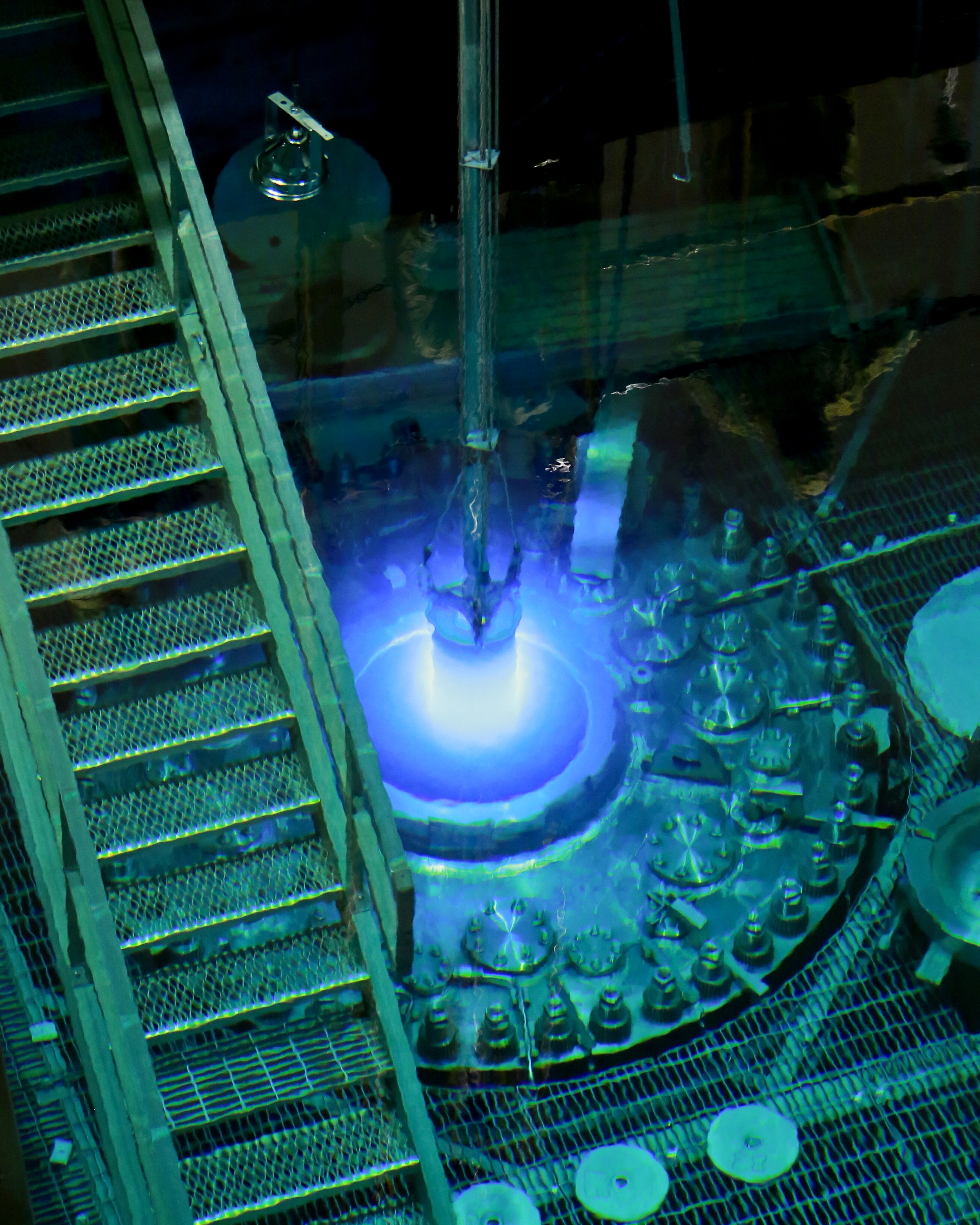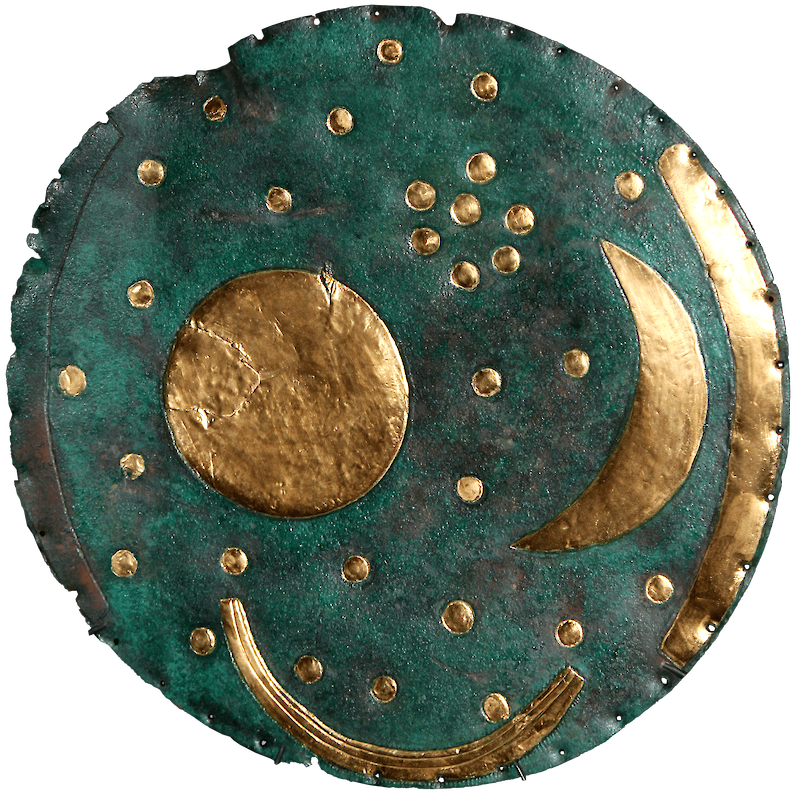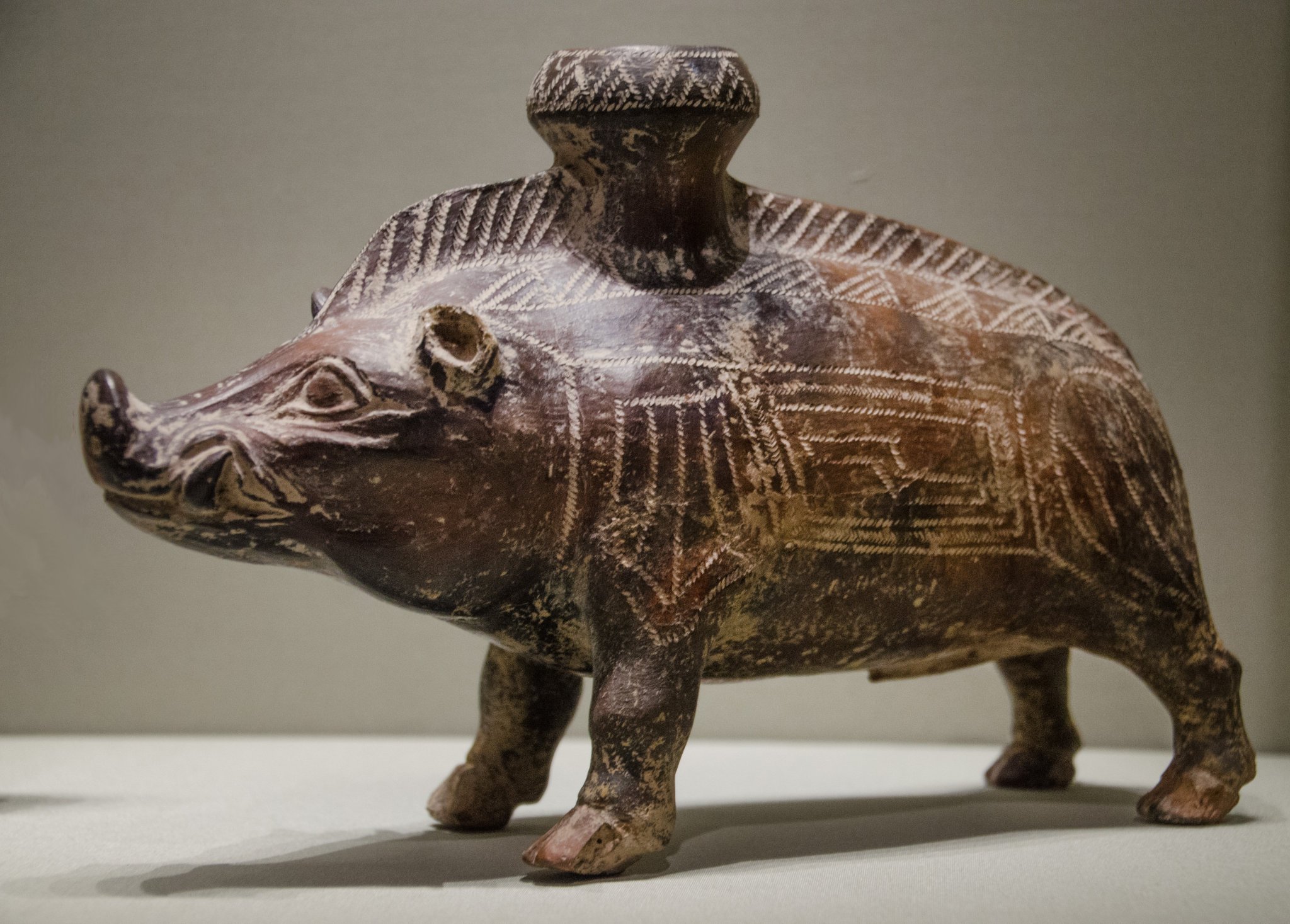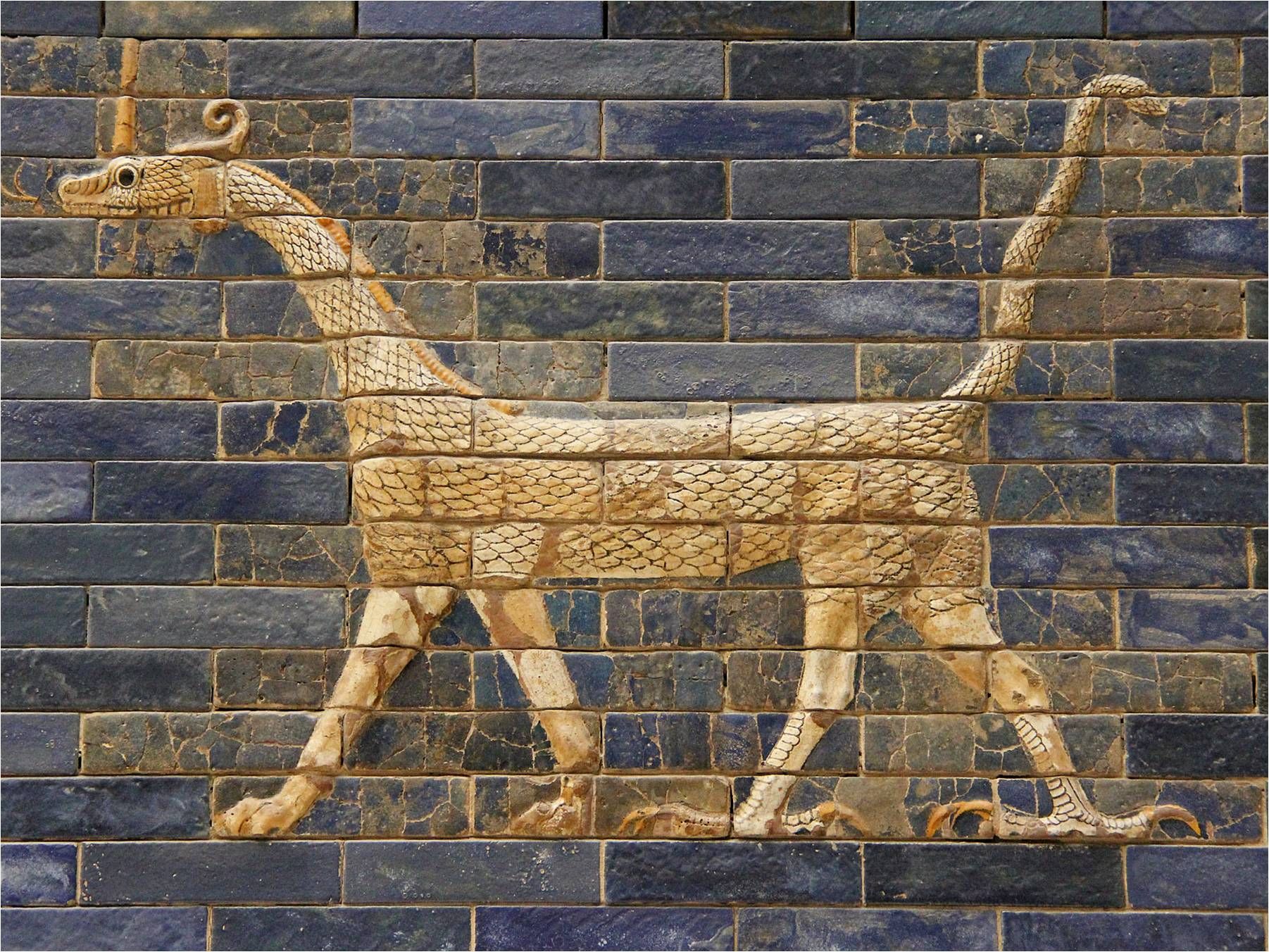HFIR Refueling
The High Flux Isotope Reactor at Oak Ridge National Laboratory being refueled. The blue light is Cherenkov Radiation, emitted by the reactor's nuclear fuel rods and is the characteristic color of spent fuel rods. The reactor itself appears to be filled with water to insulate the radiation that the fuel creates.
I particularly enjoy the green tint that the water and radiation lends to the metal structure.
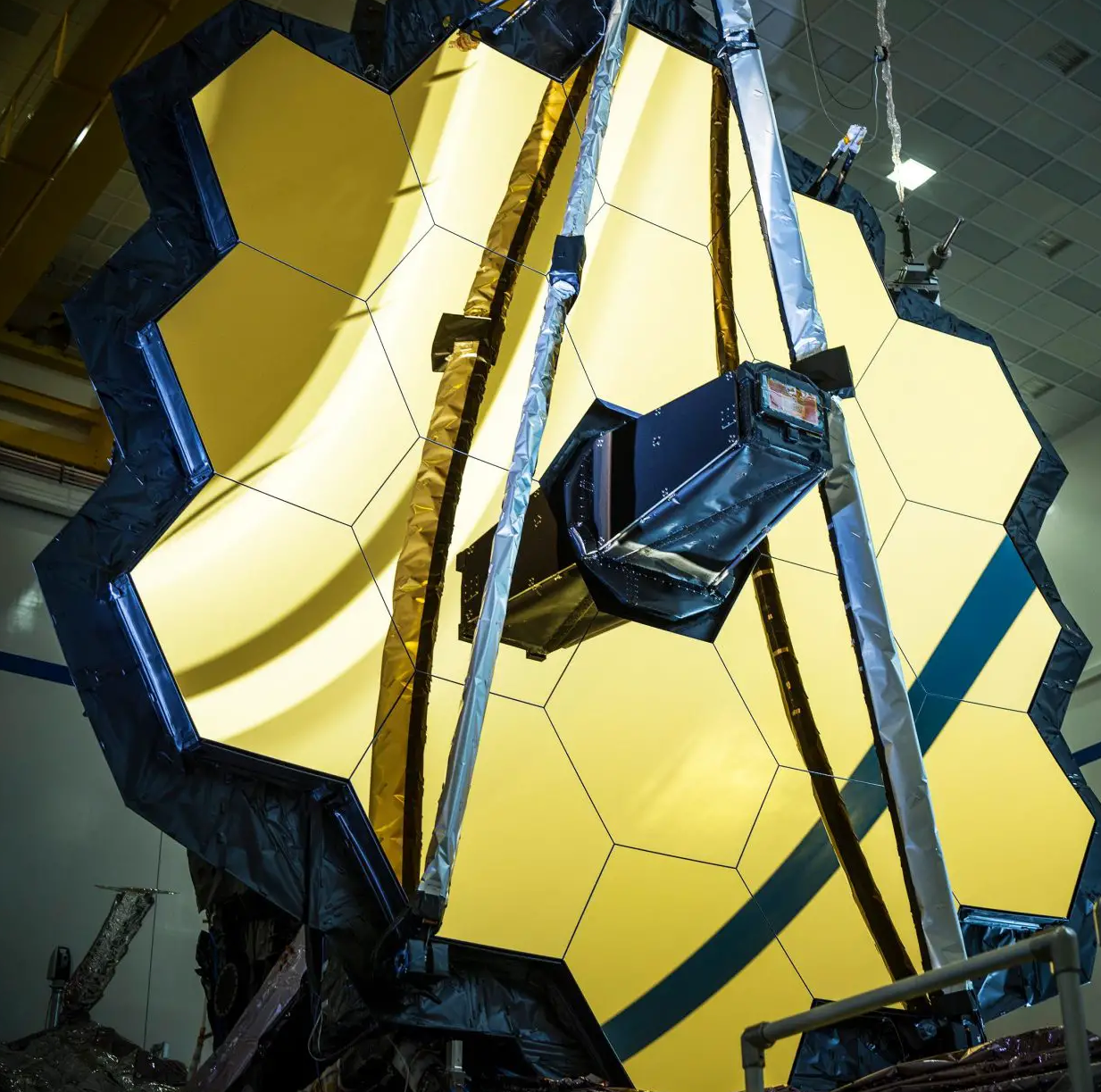
 LUNALACUNA.neocities.org
LUNALACUNA.neocities.org 


